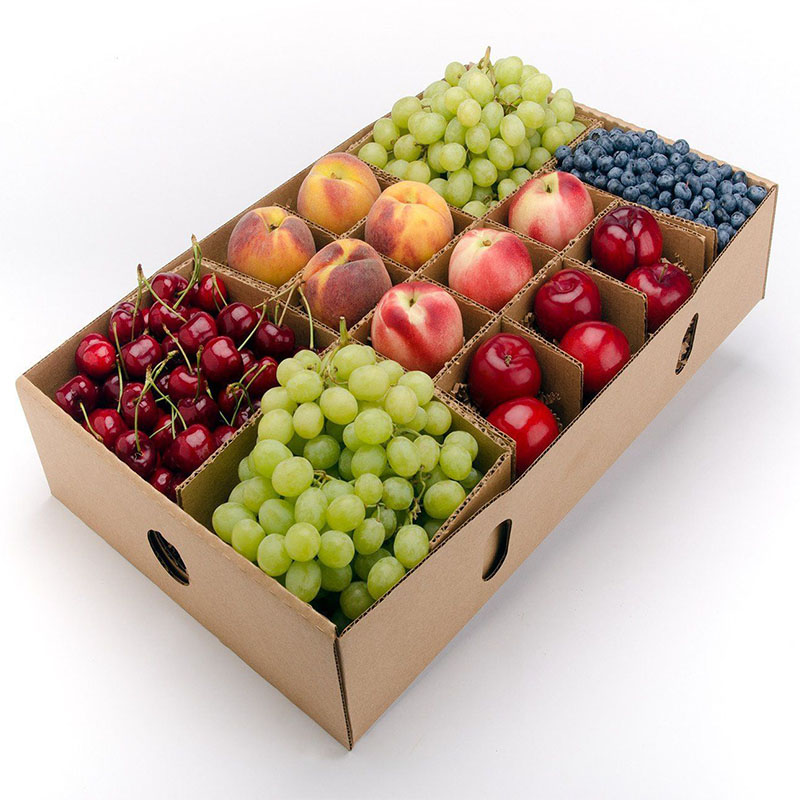Introduction:
Fruits, with their vibrant colors and luscious flavors, are synonymous with health and nutrition. However, the journey from harvest to consumption is not without challenges, and one significant threat is the potential exposure to toxins during storage. In this article, we will delve into the various ways toxins can affect fruit storage, compromising both the quality of the produce and, ultimately, our health.
Sources of Toxins in Fruit Storage:
1. Pesticide Residues:
Pesticides, while essential for protecting crops from pests and diseases, can leave behind residues on fruits. These residues, if not properly managed, may persist during storage. Prolonged exposure to pesticide residues can have adverse effects on human health, ranging from mild symptoms to more severe conditions. Washing fruits thoroughly before consumption is a crucial step in minimizing pesticide exposure.
2. Fungal Toxins (Mycotoxins):
Fruits are susceptible to fungal contamination, especially during storage in conditions conducive to mold growth. Mycotoxins, produced by certain molds, can contaminate fruits and pose health risks if ingested. Proper storage conditions, including adequate ventilation and humidity control, are essential to prevent fungal growth and mycotoxin formation.
3. Chemical Contaminants from Packaging:
Packaging materials can introduce chemical contaminants to fruits during storage. Plastics, for example, may contain harmful substances like phthalates or bisphenol A (BPA), which can leach into the fruit. Choosing safe and food-grade packaging materials, as well as being mindful of storage conditions, helps minimize the risk of chemical contamination.
Effects on Fruit Quality:
- 1. Altered Taste and Flavor:
Toxins can compromise the taste and flavor profiles of fruits. Pesticide residues, in particular, may impart a bitter or chemical taste to the fruit. This not only diminishes the overall quality but also affects consumer preferences. The natural sweetness and nuances of flavor that make fruits enjoyable can be overshadowed by the presence of toxins.
2. Texture and Appearance:
Changes in texture and appearance are common consequences of toxin exposure during storage. Fruits may become mushy, discolored, or develop blemishes. Mycotoxin contamination can lead to the growth of mold, visible as dark spots or fuzzy patches, further detracting from the visual appeal of the fruit.
3. Nutritional Value:
Toxins can also impact the nutritional value of fruits. Pesticide residues, for instance, may interfere with the fruit's ability to produce certain phytochemicals and antioxidants. Over time, the cumulative effect of exposure to toxins may result in fruits that are less nutrient-dense than their untainted counterparts.
Health Implications:
1. Pesticide Exposure and Health Risks:
Prolonged exposure to pesticide residues in fruits has been associated with various health risks. Certain pesticides have been linked to neurological issues, hormonal disruptions, and even increased cancer risks. Vulnerable populations, such as pregnant women and children, may be more susceptible to the adverse effects of pesticide exposure.
2. Mycotoxin Ingestion:
Ingesting fruits contaminated with mycotoxins can lead to mycotoxicosis, a condition characterized by symptoms ranging from nausea and vomiting to more severe outcomes, depending on the type and amount of mycotoxin present. Long-term exposure may contribute to chronic health issues, emphasizing the importance of preventing fungal contamination during storage.
3. Chemical Contaminants and Endocrine Disruption:
Chemical contaminants from packaging materials, such as phthalates and BPA, have been associated with endocrine disruption. These substances can interfere with hormonal balance in the body, potentially contributing to reproductive issues, developmental abnormalities, and other health concerns. Choosing safer packaging options helps mitigate this risk.
Mitigating the Impact: Best Practices for Fruit Storage:
1. Opt for Organic Produce:
Choosing organic fruits can significantly reduce the risk of pesticide exposure. Organic farming practices prioritize the use of natural methods and avoid synthetic pesticides and fertilizers, resulting in produce with lower pesticide residues.
2. Thoroughly Wash Fruits:
Washing fruits before consumption is a simple yet effective practice to remove surface residues. Scrubbing or peeling fruits can further minimize pesticide exposure. While washing may not eliminate all contaminants, it significantly reduces their presence.
3. Proper Storage Conditions:
Implementing proper storage conditions is crucial for preventing fungal growth and mycotoxin formation. Adequate ventilation, controlled humidity, and temperature management help maintain the freshness of fruits while minimizing the risk of contamination.
4. Mindful Packaging Choices:
When selecting packaged fruits, be mindful of the packaging materials. Opt for products with minimal or eco-friendly packaging, and avoid containers that may leach harmful chemicals into the fruit. Glass or food-grade plastic containers are generally safer choices.
Conclusion:
The impact of toxins on fruit storage goes beyond mere aesthetic concerns, reaching into the very core of our health. From altered taste and appearance to potential long-term health risks, the consequences of toxin exposure underscore the importance of responsible farming practices, vigilant storage management, and informed consumer choices.
As we navigate the complex landscape of modern agriculture and food production, prioritizing sustainability, organic farming, and safe storage practices becomes pivotal. By advocating for transparent labeling, supporting sustainable agriculture, and making conscious choices in our purchasing habits, we contribute to a food system that prioritizes both the quality of our fruits and the well-being of our planet and its inhabitants. In doing so, we move closer to a future where our fruits are not just delicious and nutritious but also free from the unseen threats that compromise their integrity and our health.
